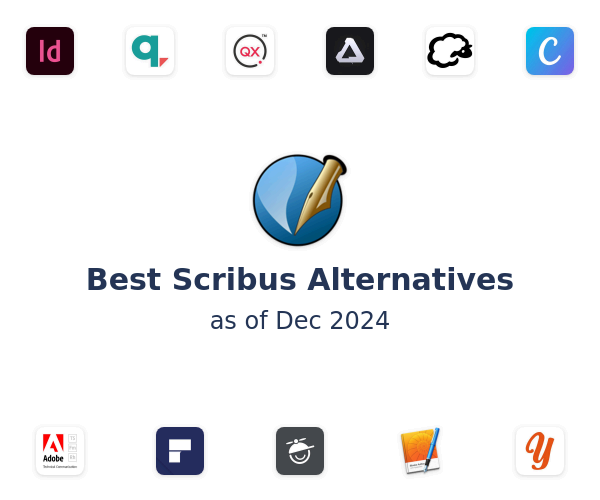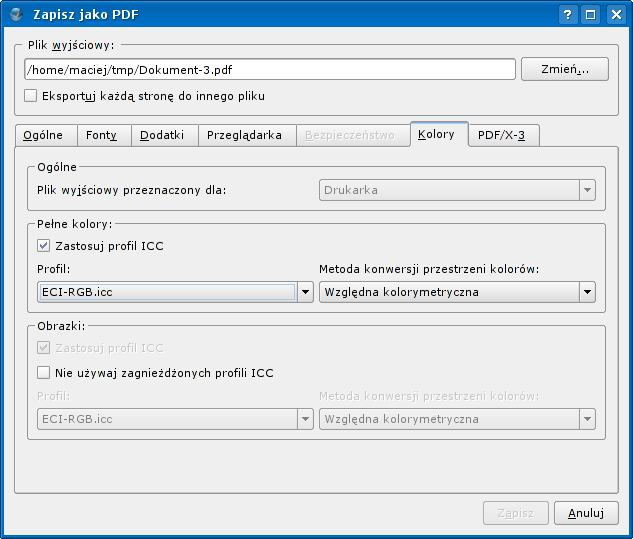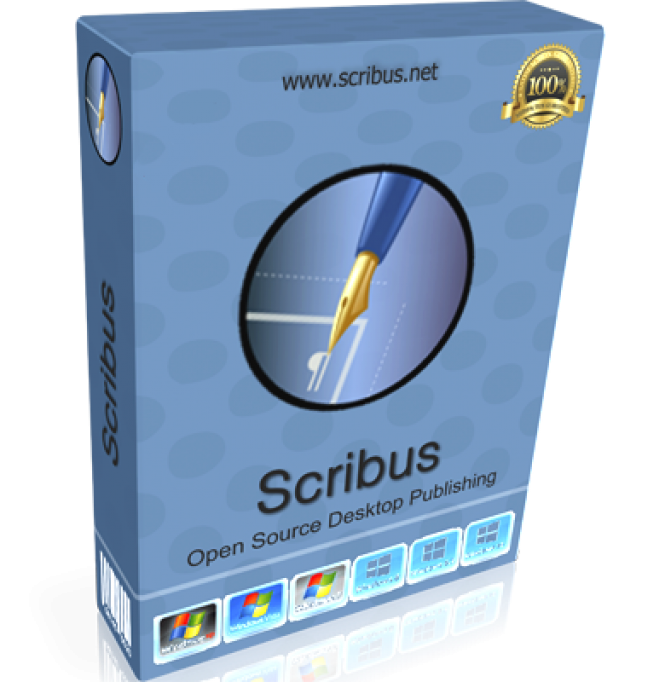

After selecting any object, such as a shape, text block, or linked image, you can use Transformation, Appearance, and Dynamic controls to adjust its settings.Īffinity Publisher has an intuitive interface, which makes it a perfect book design software for beginners and experienced users alike. If you don’t how to use a specific tool or have any other questions, you can find free InDesign tutorials online. In the context-smart panel, you will find a variety of controls and tools for adjusting settings. After creating a design, you can use the tools from the preflight panel to check your file and see whether it has any missing fonts, low-quality pictures, color issues, overset text, etc. With it, you can add diagrams and index pages to your layouts. InDesign is perfectly suitable for designing user manuals that require Arabic page numerals in the foreword and Roman letter page numbering in chapters. It comes with handy typesetting tools for creating multi-page layouts. When comparing Scribus vs InDesign, you will see that the latter is better suitable for creating and designing layouts. Integrates with Illustrator and Photoshop.A truly exceptional free publishing tool.

Scribus is extremely impressive – its only drawback being limited support for proprietary file types, which is a result of Adobe using licensed technology. You can add your own fonts quickly and easily, and work with scripts using premade scripts to do things like automatically enlarge an object to the full size of a page. Further complexity can be added in the form of layers, with frames set on top of one another, and Scribus also boasts professional publishing elements such as colour separations, CMYK and spot colours. Once you lay all these down, you can then resize or shift things about so everything looks good. Text frames carry your written content, image frames are for pictures, and there are other shape/line frames to make fancy graphics with (graphs and pie charts can be inserted, for example). You begin with a blank slate of workspace, called the document, and into this you can place objects, the majority of which are frames. It makes sense – Adobe's approach works very well, so why reinvent the wheel?

Scribus will take a little whole to master if you've never used a similar program before, but if you're used to InDesign's system of frames and layers, there learning curve is pretty much non-existent.


 0 kommentar(er)
0 kommentar(er)
